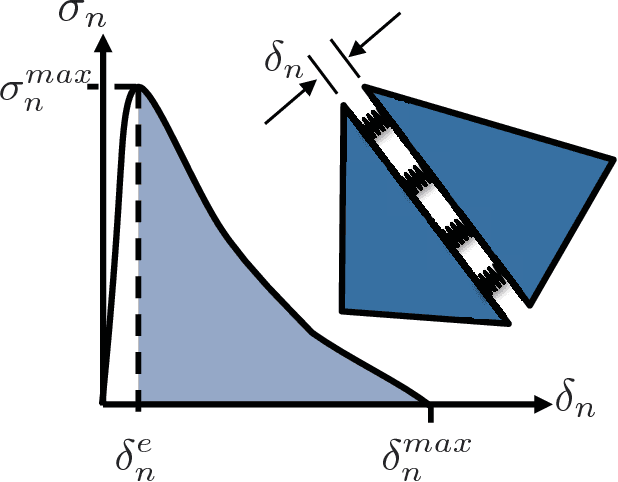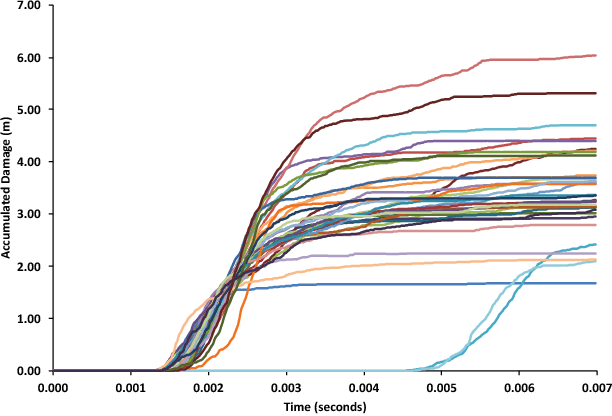C. Nyshadham
Reduced-Order Modeling through Machine Learning Approaches for Brittle Fracture Applications
Jun 05, 2018



Abstract:In this paper, five different approaches for reduced-order modeling of brittle fracture in geomaterials, specifically concrete, are presented and compared. Four of the five methods rely on machine learning (ML) algorithms to approximate important aspects of the brittle fracture problem. In addition to the ML algorithms, each method incorporates different physics-based assumptions in order to reduce the computational complexity while maintaining the physics as much as possible. This work specifically focuses on using the ML approaches to model a 2D concrete sample under low strain rate pure tensile loading conditions with 20 preexisting cracks present. A high-fidelity finite element-discrete element model is used to both produce a training dataset of 150 simulations and an additional 35 simulations for validation. Results from the ML approaches are directly compared against the results from the high-fidelity model. Strengths and weaknesses of each approach are discussed and the most important conclusion is that a combination of physics-informed and data-driven features are necessary for emulating the physics of crack propagation, interaction and coalescence. All of the models presented here have runtimes that are orders of magnitude faster than the original high-fidelity model and pave the path for developing accurate reduced order models that could be used to inform larger length-scale models with important sub-scale physics that often cannot be accounted for due to computational cost.
 Add to Chrome
Add to Chrome Add to Firefox
Add to Firefox Add to Edge
Add to Edge